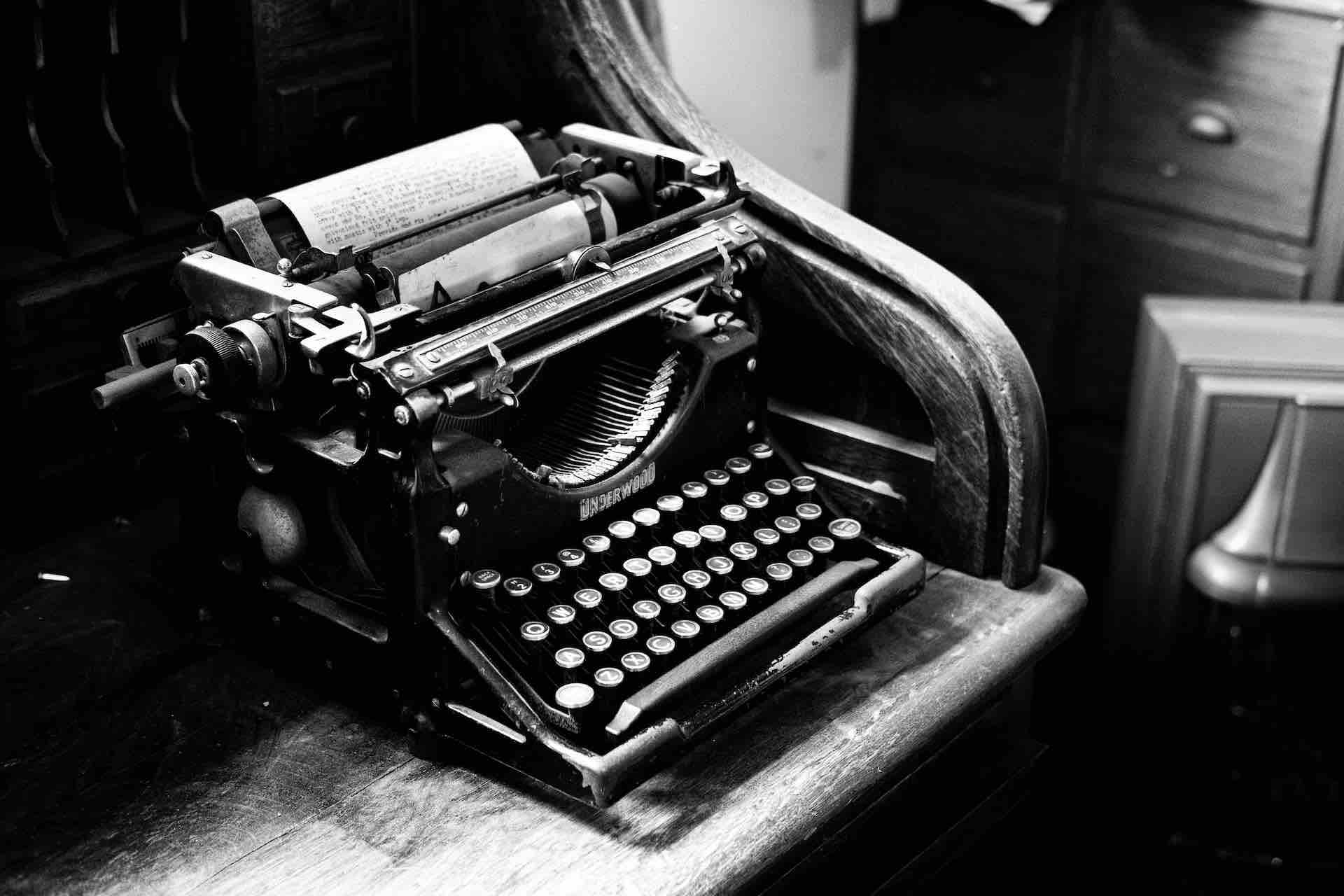NewAuteur Film
contact@newauteur.com
+1 365-808-5159
5800 Ambler Dr Suite #210
Mississauga, ON
L4W 4J4
Canada
Social Accounts
NewAuteur Film
contact@newauteur.com
+1 365-808-5159
5800 Ambler Dr Suite #210
Mississauga, ON
L4W 4J4
Canada
Social Accounts

A flashback in a screenplay is a scene or sequence that takes the audience back in time to show them events that happened before the present-day events of the story. Flashbacks are often used to provide the audience with important background information or to reveal crucial information that is necessary to understand the present-day events of the story.
In a screenplay, flashbacks are typically indicated by a change in location, the appearance of different characters, or a shift in the character’s demeanor. They are often signaled by a visual or auditory cue, such as a fade to black followed by a fade in, or a change in the music.
Flashbacks can be brief and focused, providing only the information that is necessary to advance the story, or they can be longer and more detailed, providing the audience with a deeper understanding of the characters and their motivations.
Here are some tips for writing effective flashbacks in screenplays:
In conclusion, flashbacks can be a useful tool for adding depth and context to a story. But they should be used sparingly and with care, as too many flashbacks can confuse the audience and detract from the main narrative. By following the tips above, you can write effective flashbacks that enhance your story and engage the audience.
(All images are from Unsplash and used under Unsplash License)
At NewAuteur Film, we offer one-stop screenwriting services for writers at all levels. Whether you’re starting from scratch on your screenplay, looking for suggestions and feedback, or getting ready to submit your finished work to prestigious competitions, our industry professionals here at NewAuteur Film are ready to help.
We provide the following screenwriting services: